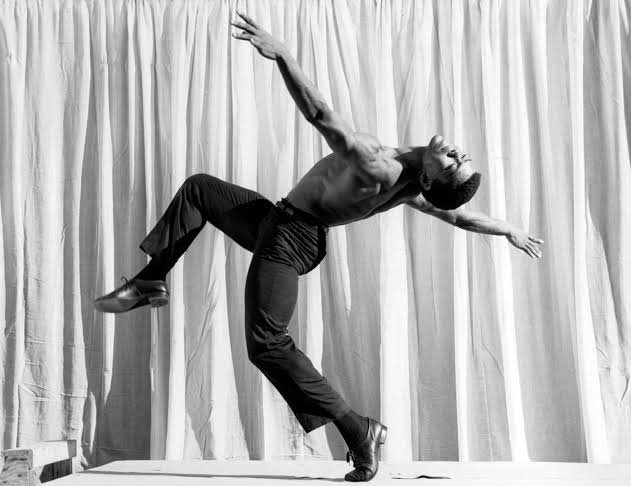Alvin Ailey (1931–1989): Choreographing a New Vision of Modern Dance
Though not a painter, Alvin Ailey stands as one of the most influential artists of the 20th century, whose choreography carried the legacy of the Harlem Renaissance into the realm of modern dance. His work combined the technical power of concert dance with the rhythms, gestures, and stories drawn from African American culture, creating a body of art that is both deeply personal and universally resonant.
Early Life and Training
Alvin Ailey was born in 1931 in Rogers, Texas. Raised in the rural South during the Great Depression, his early experiences of Black church services, blues music, and folk traditions would later inform his choreography. He moved to Los Angeles as a teenager, where he was introduced to dance. In 1949, after seeing the celebrated company of Katherine Dunham perform, Ailey found his path.
He went on to train with Lester Horton, whose modern dance techniques emphasized theatricality and inclusivity. Horton’s mentorship provided Ailey with both technical foundation and a model for running a diverse, socially conscious dance company.
Ailey’s Choreographic Style
Ailey’s dances are known for their emotional intensity, theatrical flair, and the way they draw from African American experiences. His choreography combined elements of modern dance, ballet, jazz, and gospel traditions, resulting in a style that was both accessible and profound.
His most famous work, “Revelations” (1960), is an enduring masterpiece. Set to spirituals and gospel songs, it portrays sorrow, hope, joy, and resilience, moving through sections such as “Pilgrim of Sorrow,” “Take Me to the Water,” and “Move, Members, Move.” The piece remains one of the most performed works in modern dance, seen by millions across the globe.
Other works, such as Blues Suite and Cry, further highlight his ability to tell human stories through movement, using music and gesture to connect directly with audiences.
The Alvin Ailey American Dance Theater
In 1958, Ailey founded the Alvin Ailey American Dance Theater in New York City. His vision was to create a company that showcased the beauty and cultural richness of Black traditions while also expanding the scope of modern dance. Under his direction, the company not only performed his works but also those of other choreographers, ensuring a wide-ranging repertoire.
The company quickly became an international ambassador for American dance, touring globally and bringing modern dance to audiences who had never seen it before. Ailey often described his company as “a repertory ensemble dedicated to enriching the American modern dance heritage and preserving the uniqueness of the African American cultural experience.”
Legacy
Alvin Ailey passed away in 1989, but his influence continues through the company that still bears his name. His choreography endures as a celebration of both individuality and community, bridging cultural traditions with modern artistic expression.
Ailey’s work demonstrates how movement can embody history, memory, and emotion in ways words cannot. His legacy is not only the dances he created but also the generations of dancers and audiences who have been moved by them.
Alvin Ailey (1931–1989)


